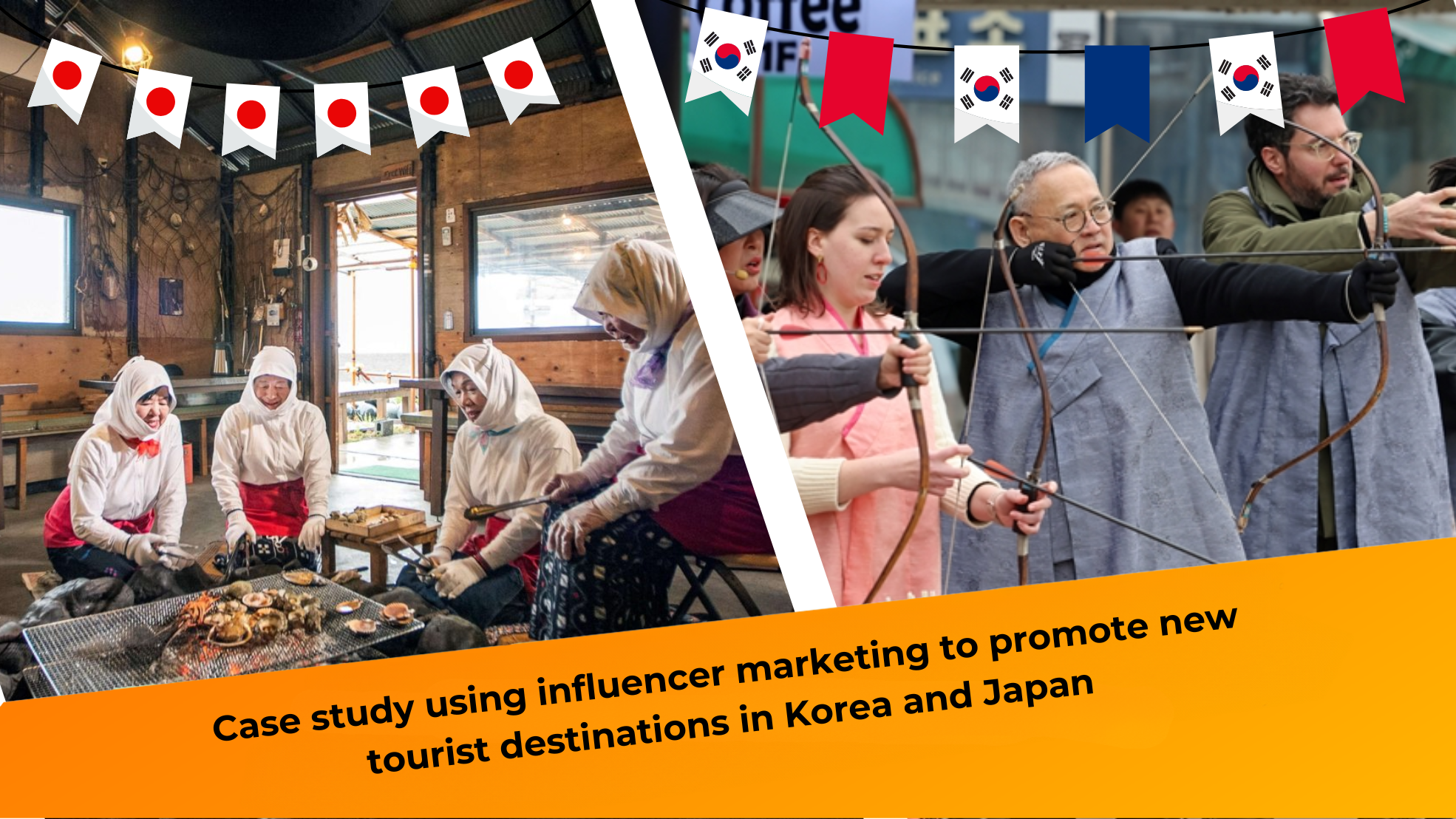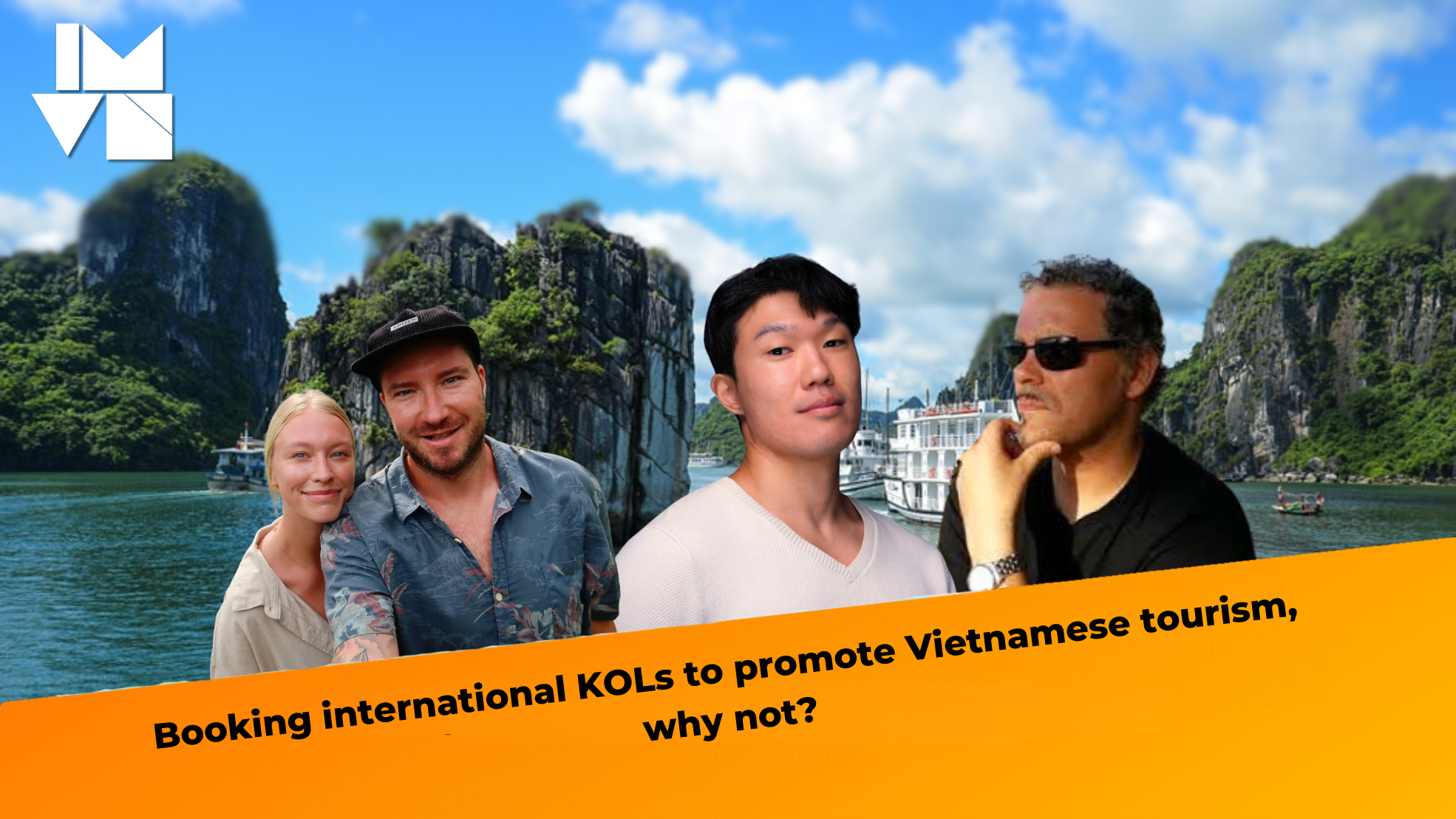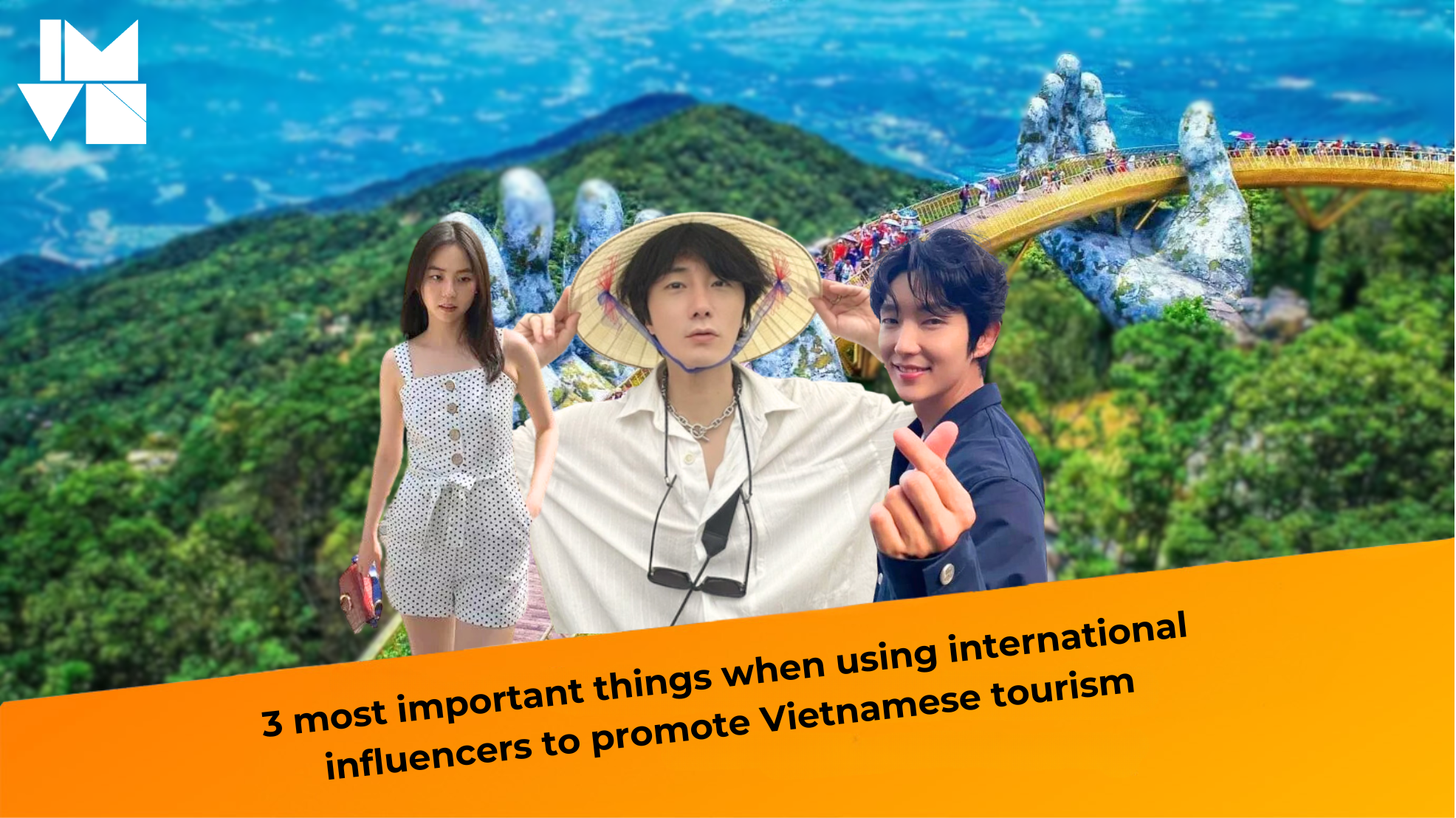Influencer marketing has rapidly evolved from a supplementary activity to a core component of online marketing strategies. In 2018, it’s poised to expand its reach and impact. However, with these opportunities come challenges, including ROI measurement, Facebook algorithm changes, fake accounts, and the emergence of new technologies and platforms. 2018 is set to be a year of significant shifts and turning points for both influencers and brands.
So, what can we expect?
Continued Explosive Growth
Searches for “influencer marketing” on Google increased 90-fold from 2013 to 2016, with interest doubling in the first nine months of 2017. Simultaneously, searches for “Instagram influencer” tripled. This surge stems from the fact that influencer marketing is now being embraced by all kinds of brands.
Businesses are projected to allocate more funds to influencer marketing in 2018.
However, as the industry shows signs of saturation, brands without clear marketing strategies will struggle. For established users of influencer marketing, the challenge lies in maximizing campaign effectiveness and standing out from the competition.
Increasing Influencer Demand and Value
As demand for influencers rises, so do their costs. Scott Mathison, a fitness influencer with over 200,000 Instagram followers, says brands contact him daily, requesting him to try their products. It takes more than just freebies to secure a partnership with Mathison; he only collaborates with companies that align with his values and his followers’ interests.
Mathison acknowledges that his value and fees have increased. He’s not alone; many influencers recognize their worth as content creators, requiring businesses to be strategic with their budgets.
Greater Emphasis on KPI & ROI Measurement
Increased influencer marketing budgets demand robust KPI and ROI measurement.
Agencies need to demonstrate influencer suitability before campaigns and showcase the impact of each influencer afterward. Investing in data collection and analytics tools to measure engagement effectiveness will provide a competitive edge for influencer marketing agencies.
For KOLs, while fake engagement might inflate reports, ROI is the ultimate metric for brands. KOLs need strategies to enhance their genuine influence for long-term brand partnerships.
The Decline of MCNs
MCNs (Multi-Channel Networks) are third-party entities that partner with content creators to provide services like channel management, viewership growth, and copyright protection. In Vietnam, major MCNs include Yeah1, Pop Worldwide, and Metub.
Globally, many MCNs are undergoing significant changes. Disney-owned Maker Studios downsized its creator network from 60,000 to 1,000 between 2016 and 2017. Fullscreen and StyleHaul followed suit, adapting to market shifts.
Many MCNs have shifted their business models from profiting off creator content to producing their own digital content.
This transformation likely stems from the streamlining of the digital content supply chain for profit optimization, eliminating providers who don’t add significant value.
Increased Popularity of Video Marketing with Influencers
In 2018, video content remains a dominant force. Business Insider reports that video can be twice as effective as text-based ads in driving sales. Moreover, frequent video viewers tend to be more active shoppers.
This trend predicts fierce competition in real-time video content and short videos, not just on social media platforms but also on video apps.
Influencer marketing strategies lacking video content collaborations with KOLs risk falling behind.
Stricter Regulations on Sponsored Content
In 2017, the Federal Trade Commission (FTC) filed lawsuits against influencers for not disclosing ownership and sponsorship in promotions. The commission also sent letters to over 90 influencers and advertisers regarding compliance. Yet, 90% of payments to influencers and brands remain undisclosed.
Social media platforms are cracking down on undisclosed brand-related content on KOL pages. Facebook now requires influencers to disclose sponsored content, and influencers are experiencing significant reach reductions for brand-related posts.
Instagram Surpasses 1 Billion Users
In April, Instagram announced reaching 700 million users. Just four months later, it added another 100 million. At this rate, Instagram is set to surpass 1 billion users in 2018.
Instagram influencer marketing is now a billion-dollar industry, potentially reaching $2 billion by 2019, with an estimated 2.7 million sponsored posts on the platform.
Similar to Facebook, Instagram’s rise has also led to an increase in fake followers. While embracing Instagram, businesses must be vigilant to avoid wasting their budget.
Combining Macro and Micro Influencers
The debate over partnering with macro or micro influencers has been ongoing for several years. Studies suggest that micro-influencers have higher engagement rates than macro-influencers.
Advertisers continue to weigh the pros and cons of each, considering factors like follower growth and audience influence.
Combining both macro and micro influencers appears to be the preferred approach for marketers. Effectively integrating these two tiers to maximize campaign impact at all levels is a key consideration.
Source: http://mediakix.com/2017/11/influencer-marketing-trends-2018/#gs.kDSdDEQ





